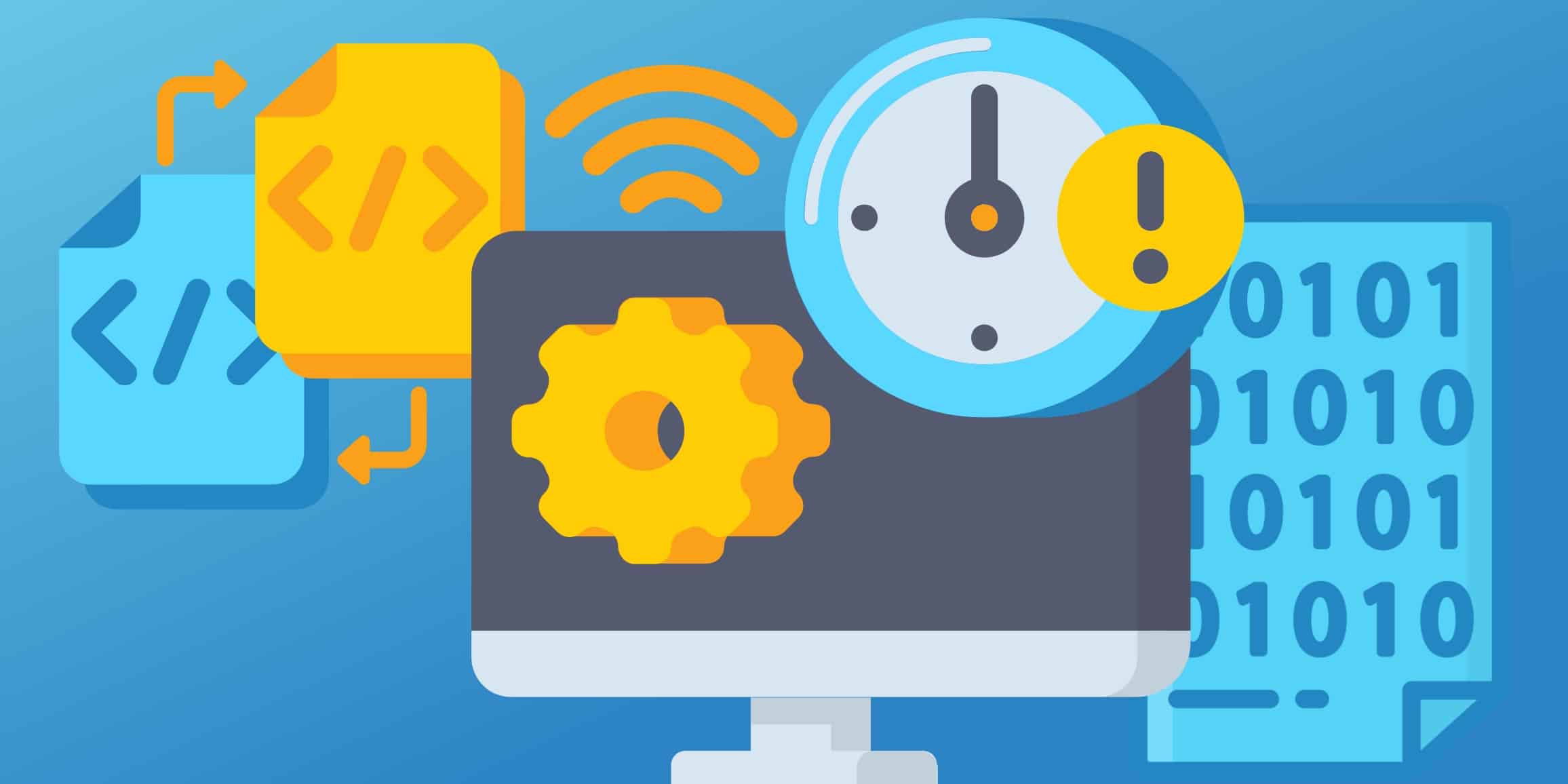HIPAA Compliance Checklist for Software Development
Healthcare providers rely on a variety of software services to run their practices. These healthcare practices need to be selective. When they look for which software service is right for their practice, their main concern is whether or not that software is HIPAA compliant. We developed this HIPAA compliance checklist for software development to provide guidance on what your software must include to comply.
HIPAA Compliance Checklist for Software Development
When healthcare organizations use your software to create, maintain, store, transmit, or receive protected health information, your software must be HIPAA compliant. HIPAA compliant software has certain security controls to protect the sensitive health information. As such, when developing your software, you must keep in mind how your software will keep patient information private and secure.
This HIPAA compliance checklist for software development provides an overview of the controls that must be in place:
Access Controls
- Unique Login Credentials
- Role-based Access
- Automatic Logoff
- Emergency Access
User Authentication
- Unique Login Credentials
- Multi-factor Authentication
Audit Controls
- Tracking Data Access
Encryption
- End-to-End Encryption
Transmission Security
- SSL and TLS
Data Backup
- Offsite Data Backup
Business Associate Agreements
- Sign Business Associate Agreements
HIPAA rules and regulations require each of these controls to meet the criteria of a HIPAA compliant software platform. Each of these controls is meant to ensure the confidentiality, integrity, and availability of PHI (required by the HIPAA Security Rule) and appropriate PHI access by authorized users (required by the HIPAA Privacy Rule).
Access Controls
The HIPAA Privacy Rule requires adherence to the minimum necessary standard. As such, software users should only have access to the data needed to perform their job functions. To adhere to this standard, healthcare organizations must “Implement technical policies and procedures for electronic information systems that maintain electronic protected health information to allow access only to those persons or software programs that have been granted access rights.” Your software must allow administrators to do so.
User Authentication
HIPAA compliant software includes a means to authenticate and manage users. HIPAA compliant software enables administrators to provide unique login credentials for each employee. The HIPAA Security Rule requires healthcare providers to “Implement procedures to verify that a person or entity seeking access to electronic protected health information is the one claimed.” Your software must allow administrators to do so.
Audit Controls
It is essential to implement audit controls to prevent and easily detect unauthorized access to ePHI and excessive ePHI access by authorized employees (ensuring adherence to the minimum necessary standard). Healthcare providers must “Implement hardware, software, and/or procedural mechanisms that record and examine activity in information systems that contain or use electronic protected health information.” Your software must allow administrators to do so.
Encryption
To maintain both the confidentiality and integrity of PHI, the data must be secured. Healthcare providers must “Implement a mechanism to encrypt electronic protected health information whenever deemed appropriate.” Your software must allow administrators to do so.
Transmission Security
To further increase data security, HIPAA software development requires implementing transmission security. Products should implement SSL and TLS certificates when possible to prevent unauthorized access to ePHI. Healthcare providers “must implement technical security measures that guard against unauthorized access to e-PHI that is being transmitted over an electronic network.” Your software must allow administrators to do so.
Data Backup
Healthcare organizations must “Establish and implement procedures to create and maintain retrievable exact copies of electronic protected health information.” Your software must allow administrators to do so.
Business Associate Agreements
As with any other business associate, healthcare software developers must be willing to sign a business associate agreement (BAA) to work with healthcare clients. A BAA mandates the protections the business associate must have to secure PHI. In addition, a BAA requires each signing party to be HIPAA compliant and states that each party is responsible for maintaining their compliance.
HIPAA Compliance for Software Developers
In addition to setting up your software to meet HIPAA compliance standards, your business must be HIPAA compliant. To be HIPAA compliant, you must implement an effective HIPAA compliance program.
This includes:
- Security risk assessments
- Remediation plans
- Policies and procedures
- Employee HIPAA training
- Business associate agreements
- Incident management
All of this may seem overwhelming.
That’s why Compliancy Group helps businesses like yours become HIPAA compliant. Our HIPAA compliance software platform simplifies compliance so that you can focus on what you do best. Our team of Compliance Coaches guides clients through our software and HIPAA compliance process. Learn how we can help you today!
This checklist is composed of general questions about the measures your organization should have in place to state that you are HIPAA compliant, and does not qualify as legal advice. Successfully completing this checklist does not certify that you or your organization are HIPAA compliant.







